5 Ways for Social Innovators to Use the Power of the SDGs

by May East
The Sustainable Development Goals are here to stay. If you are an early adopter and have already aligned your core growth strategies to the global framework or if you are just beginning to explore the added value the SDGs can bring to your business, here are 5 ways that can help you unlock the power of the SDGs to propel your social innovation to greater and more widely shared prosperity for all by 2030.
1. Shift to Regenerative Frameworks
The SDGs will create at least 12 trillion dollars in new market opportunities by 2030. The Goals intend to bring millions of people previously left largely to public aid into the global economy. But what sort of economy? Business cannot succeed in ecologies and societies that fail. Social innovators are invited to go into training to become regenerative practitioners. They need to go to the very heart of the markets and align new revenue opportunities with a value-generating capability that make both people and the rest of the natural world stronger, more vibrant, and more resilient.

2. Innovation within Ecological Boundaries
Social innovators’ ecological and economic decisions should coincide with ecosystem boundaries. Using natural resources efficiently within the system in regenerative loops is both profitable and better for the environment, on which all business is dependent. The carbon-intensive waste economy concentrated in narrow bands of the population has had its day. Business models that harness environmental performance are engines of competitive advantage. Innovation should balance new sustainable consumption and production patterns with protection of terrestrial ecosystems. Think #SDG12 (Responsible Consumption and Production) and innovate within planetary boundaries!
The SDGs will create at least 12 trillion dollars in new market opportunities by 2030.
3. Big Picture and the Sense of Place
Despite being a global agenda, the implementation of the SDGs implies locally adaptable, resource-conserving policies, activities, and products, carefully tailored to the biocultural uniqueness of each location. When acting locally, know that you are part of the huge global efforts of 193 nations and apply that global muscle to your local level. Nourish the sense of place as the ground and field of transformation for the SDGs from where your ongoing aspiring social innovation springs. Promote a tighter connection between local knowledge and action and global norm-setting.
4. Practicing Nested-Systems Thinking
We live and breathe in nested systems of intelligence and activity. While developing your strategies and products, choose a constellation of SDGs which generates multiple wins and positive side-effects to enhance the whole set of goals. The goals are designed to interact, so design to progress them all together. By adopting nested systems thinking we enter into a kind of resonant dance and while activating local responses we are also adding higher order value to larger processes of regional adaptation and global impact. Go for the good of the whole, leverage interlinkages with other SDGs, and remember that the parts of a system cannot survive without the whole.
5. A Culture of Encounters
Public engagement lies at the heart of the SDGs. With growing pressure on the private sector to prove itself as a responsible social actor, social innovators should go beyond the triple bottom line of annual accountability audits, towards dialogues with all those who have a stake in society. Stretch beyond your comfort zone, build engaging customer relationships, and seek feedback from a wide range of stakeholders to build a just economy for all. Innovators can gain society’s trust by working with governments, consumers, workers, and civil society to achieve the whole range of SDGs. SDGs are not separated from the global community who forged them.
‘The role of forward-looking social innovators is key in seizing the SDGs’ potential.’ May East
The business case for supporting the SDGs is incredibly compelling. We have been asked to do something that has never been done before, but in an increasingly unpredictable world, people and most governments want faster ‘progress.’ The role of forward-looking social innovators is key in seizing the SDGs’ potential. By understanding the integral and interdependent nature of the Goals, innovators gain a whole-systems perspective and become enablers of a vitality by which society, ecologies, and economies can co-evolve and thrive.

ABOUT THIS ARTICLE
Originally published on TwentyThirty.com for the BMW Foundation Herbert Quandt on the 1 February 2018.
Discover the SDG Flashcards used around the world in the SDG trainings and buy your own set of cards here.


0 comments
Leave a comment